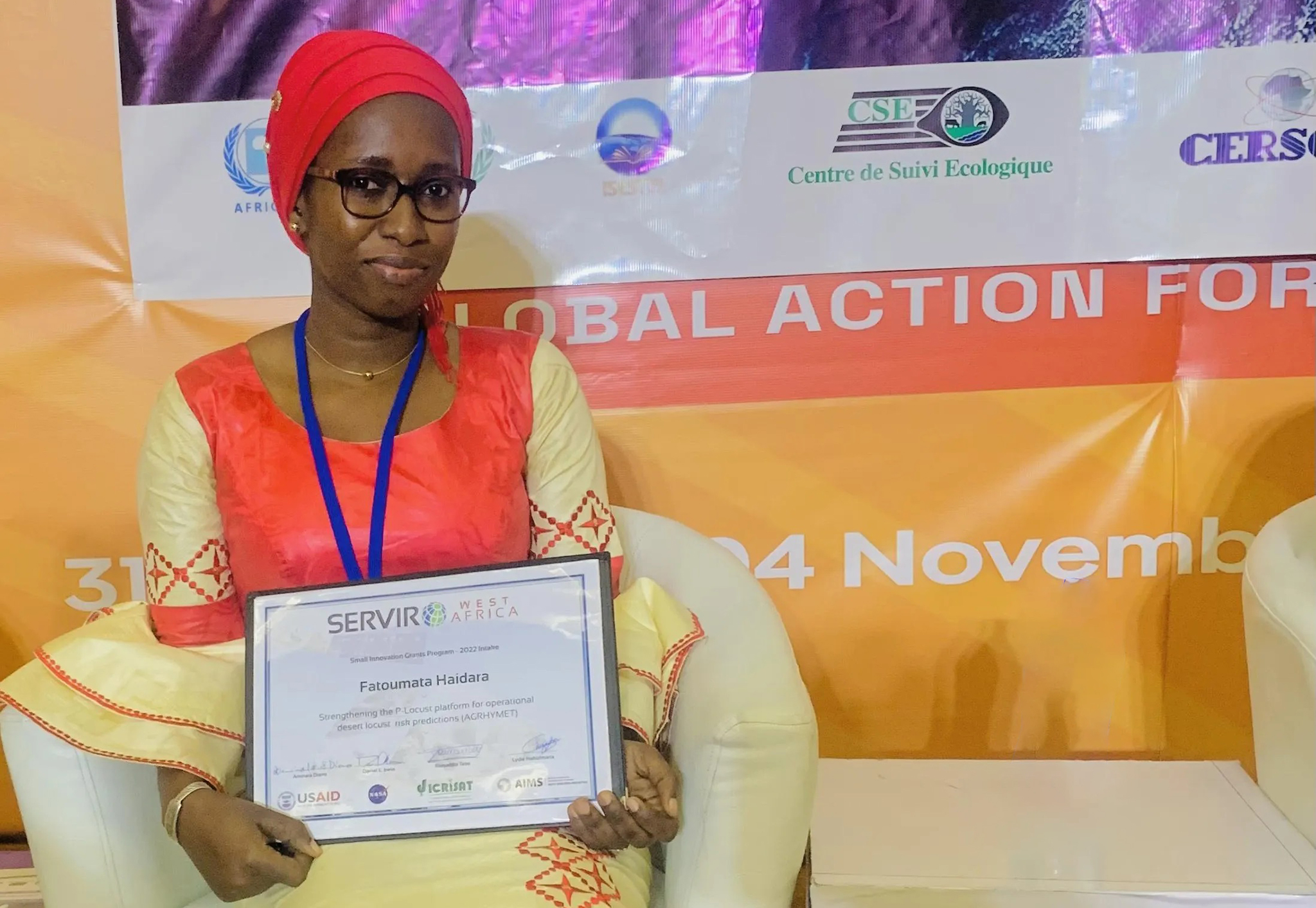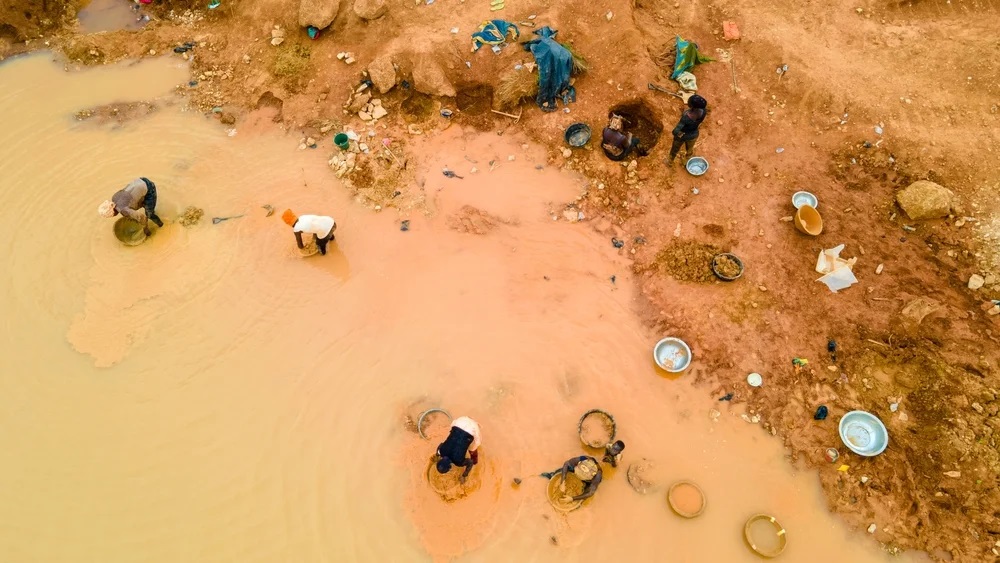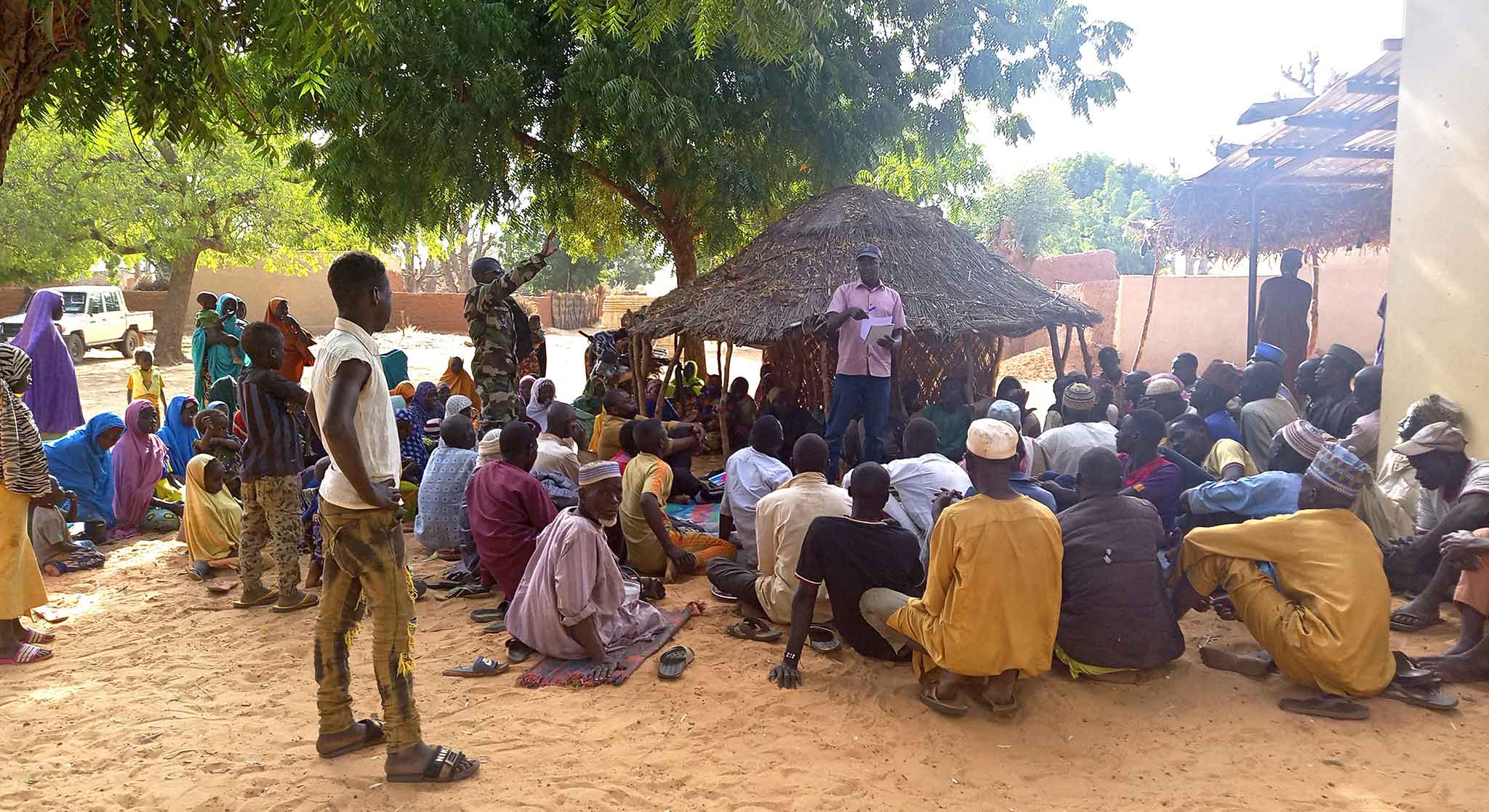Originally published on Forbes
A data scientist from Mali is part of a team using machine learning to help forecast —and hopefully prevent — devastating locust swarms in West Africa’s Sahel region.
During West Africa’s last major locust outbreak in 2003-2005, authorities spent over $450 million to end the plague, which caused an estimated $2.5 billion in crop damage. Another disaster loomed in 2012, threatening the food security of more than 50 million people, but successful control operations reduced the impact.
Fatoumata Haidara, a machine learning engineer at SERVIR West Africa Small Innovation Grant Program, explains that she saw the need for better locust forecasting, which led to integrating machine learning techniques to improve locust prediction accuracy on the P_Locust Platform.
“This work is vital because locust swarms can devastate crops, leading to severe food shortages and economic instability,” she says, “By improving the platform, we aim to provide more accurate predictions, allowing for timely interventions that protect agricultural livelihoods.”
Haidara explains that her research focuses on analyzing weather patterns, vegetation status, and ecological conditions to predict locust outbreaks: by incorporating diverse environmental indices and real-time data, researchers can provide earlier and more accurate warnings to decision makers.
“This is crucial for early intervention, which helps prevent crop damage, ensuring food security and economic stability for communities in West Africa,” she says, “With the improved platform’s accuracy and extended turnaround times, policymakers and communities can make proactive decisions to reduce the impact of locust infestations.”
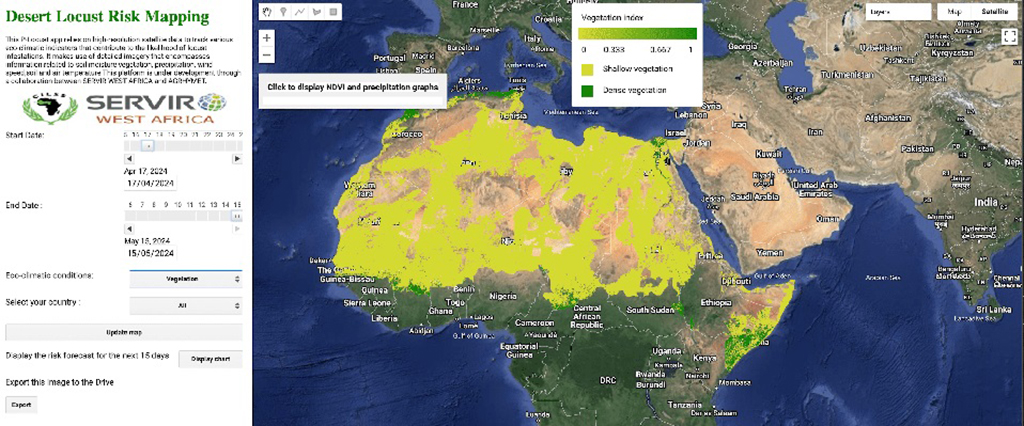
A screenshot of the P_Locust platform user interface. FATOUMATA HAIDARA
Haidara grew up in Sikasso, a prosperous agricultural town in Mali, where her parents owned fields and she often helped water the vegetable plants.
“This experience made me curious about automating agricultural tasks to simplify them and protect crops from climatic hazards,” she says, “This early fascination led me to pursue graduate studies in physics and eventually a career in artificial intelligence applied to climate science.”
Haidara explains that her current role as a machine learning engineer allows her to respond to the challenges related to the management and mitigation of the impact of locust infestations, which can devastate crops and livelihoods in the region.
“It is vital for scientists from the Global South to investigate solutions to global challenges because they possess an intrinsic understanding of their local context, culture, and the specific issues their communities face — this deep local insight allows them to develop more relevant and sustainable solutions,” she says adding that empowering local scientists fosters scientific capacity and helps communities to be better prepared to independently tackle future challenges.
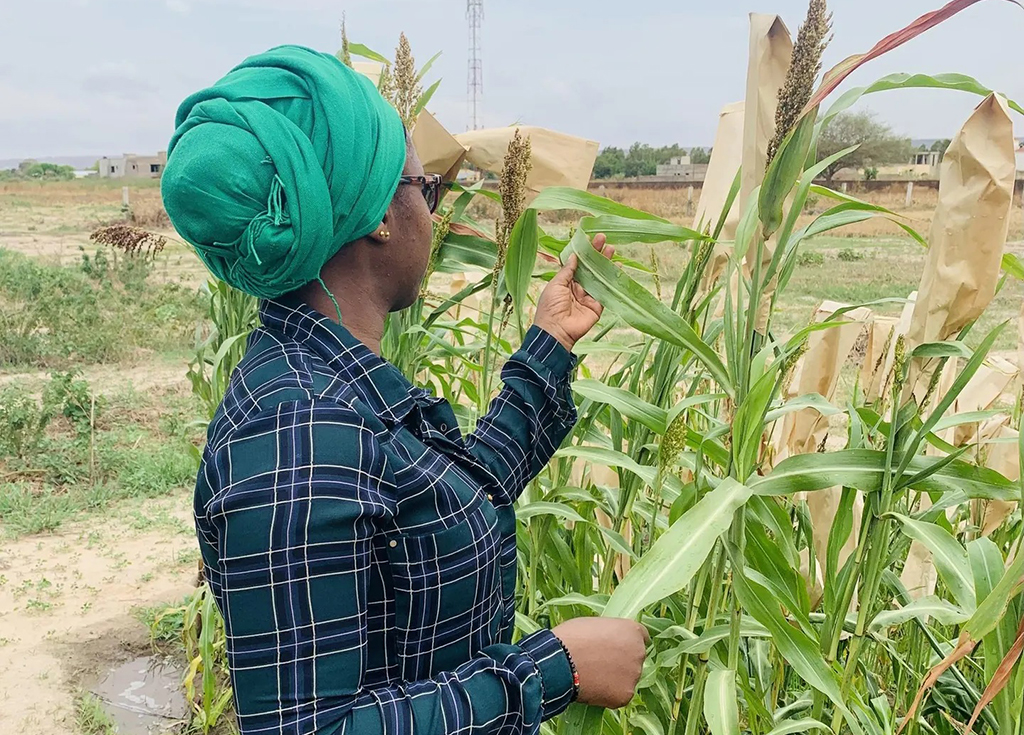
Fatoumata Haidara during a visit to a sorghum plantation after a wave of locusts in Bamako, Mali.FATOUMATA HAIDARA
Elsewhere in West Africa, another group of researchers is using high-tech solutions to help farmers and herders: Daniel David Tossou, Director of ATLAS-GIS Sa and Benin Flying Labs, says his team’s drone flights produced high resolution land use maps and then the team did topographic surveys to draw up parcel plans for the presumed owners of land along a cattle transit corridor.
For decades, a scarcity of grazing space for livestock and an expansion of farmland due to poor soils has led to conflict between herders and farmers, but now, drones have helped to find a route that minimizes conflict.
“A 156 km corridor is now demarcated by cement markers, and departmental and communal authorities have issued by-laws inviting herders to use the corridor,” Tossou says, adding that the corridor issue is a national concern, as conflicts between farmers and herders continue to cause death and major damage, with loss of human life.
“Awareness-raising campaigns are carried out in the regions where the corridor is located, using the mass media (awareness and information panels) and village meetings,” he says, “however, some resistance has been noted over the past year, with no dramatic consequences, unlike in other regions where the phenomenon is still rife.

